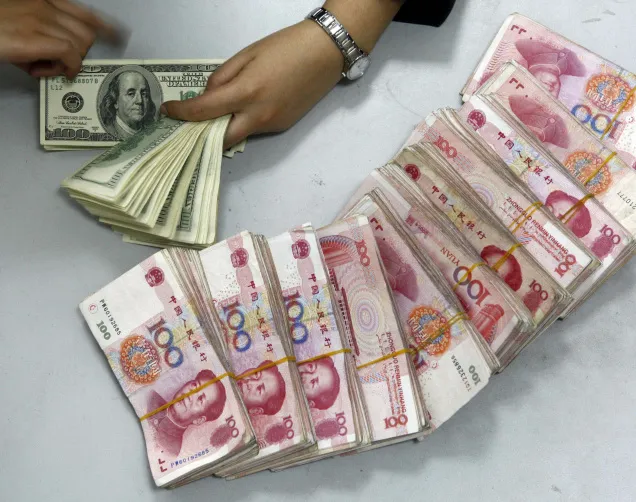
Chinese banks threatened by new capital rules
The China Banking Regulatory Commission's new 4% leverage ratio requirement means more pressure to maintain a solid capital base.
In a report, Moody’s noted that On 20 May, the China Banking Regulatory Commission issued a call for comments on a proposed minimum Tier 1 leverage ratio requirement. The proposal requires that the consolidated and unconsolidated leverage ratio be at least 4% and that banks make itemized public disclosures on the ratio calculation. Consistent with Basel III, the ratio is defined as a bank’s Tier 1 capital as a percentage of its total adjusted on- and off-balance sheet assets.
Limiting on and off- balance-sheet leverage is credit positive for the banking system; a leverage ratio is an effective measure of bank capital strength because it is simple, transparent, and more difficult to manipulate than risk-weighted capital ratios.
Systemically important banks, which include the five state-owned banks, will need to meet the requirement by year-end 2013. For the other commercial banks, the deadline is year-end 2016.
For our rated banks, off-balance-sheet exposures grew at an annual rate of 26% during 2007-10. Offbalance-sheet assets represented about 19% of total assets in 2010, up from 16% in 2007. Though low compared with most Asian banking systems, fast growth in off-balance-sheet assets poses risks if it continues unchecked, especially given Chinese banks’ still-developing risk management practices and credit culture.
The leverage ratio requirement supplements CBRC regulations issued earlier this month as part of its adoption of Basel III. While the CBRC’s definition of the leverage ratio is consistent with Basel III’s definition, the capital measure definition differs. For example, deferred tax assets are not included in the CBRC’s Tier 1 capital deduction.
However, those discrepancies will not lead to material differences in the leverage ratio because the quality of banks’ Tier 1 is quite high. In addition, the 4% minimum requirement is higher than the 3% proposed under Basel III. China is aiming for an earlier implementation than the Basel III timeline.
While the implementation of this new rule is beneficial for Chinese banks, it would negatively affect some banks’ profitability by slowing their business expansion. Banks would also be pressured to maintain a solid capital base through a combination of retained earnings and capital raisings, which would hurt their return on capital. However, more capital is credit positive for a bank, unless the level of risk appetite exceeds risk management capability to earn offsetting returns for higher capital charges.
We estimate that our rated banks, China Merchants Bank, 15 China Everbright Bank, and Shenzhen Development Bank would have leverage ratios below 4% based on 2010 year-end financials . However, they would meet the 4% minimum requirement after a successful equity raising.













 Advertise
Advertise










